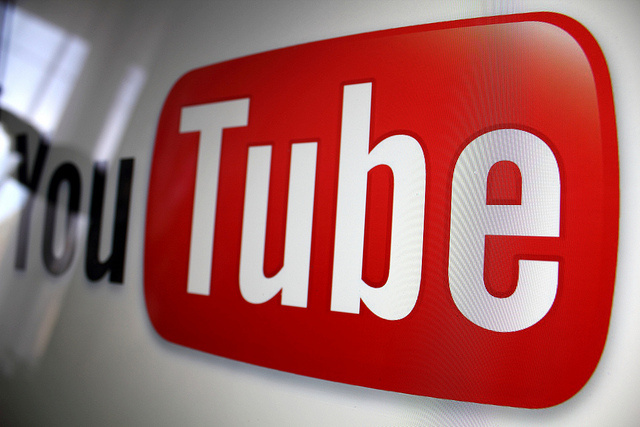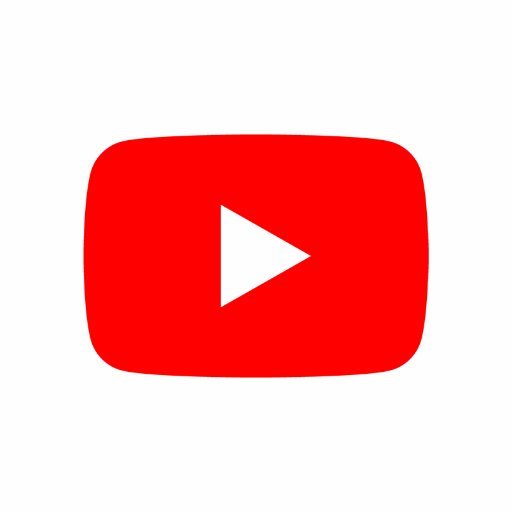Someone else does, others suffer. After last year’s Logan Paul suicide forest controversy Google was under severe fire for not vetting its content properly.
While company immediately cut its ties with Logan Paul after that particular incident, realizing the sensitivity of the matter, the internet giant has now decided to tighten the screws of its YouTube Partners Program to ensure that similar incidents don’t happen in future.

The result is a change in company’s YouTube monetization policy, which was announced yesterday. Let’s see what are those changes and how they’ll affect the content creators like you and me:
Increased threshold for participating in YouTube Partners Program
The company has now changed the threshold requirement for participating in YPP. Earlier anyone with more than 10,000 views could participate in the program, but now content creators will need at least 1,000 subscribers and more than 4,000 hrs of watchtime in last one year. It’s not an ‘either-or’ scenario – you need both these things to be able to participate in the program. And as you can see, this is a considerably higher threshold than the previous one. 4,000 hrs = 166 days of watchtime! And 1k subscribers!
Currently these changes will be applied to newcomers only, but they’ll also be applied to existing partners of YPP from February 20,2018. The delay till then is a grace period of 30 days so existing partners can create high quality content and reach the required threshold by then.
More rigorous vetting of content
But that’s not where the story ends. The content of all popular channels participating in the program will also be vetted more rigorously from now on to ensure that no Suicide Forest like BS happens again. Google’s official blog post announcing the change goes on to say:
Of course, size alone is not enough to determine whether a channel is suitable for monetization, so we’ll continue to use signals like community strikes, spam, and other abuse flags to ensure we’re protecting our creator community from bad actors. As we continue to protect our platform from abuse, we want to remind all of you to follow YouTube’s Community Guidelines, Monetization Basics & Policies, Terms of Service, and Google AdSense program policies, as violating any of these may lead to removal from the YouTube Partner Program.
In short, Google is saying “Don’t you dare violating even a single rule ever made by us. Try using unnecessarily sensational or provocative content for generating views, and we promise, we’ll screw you!” It seems that all those content moderators are going to be very busy in the coming days.
The Logan Paul suicide forest incident that led to this change
In case you don’t know, Logan Paul is a famous YouTuber who during his visit to Japan had uploaded a video of Japan’s Aokigahara forest, a site infamous as a suicide point in the country. The video featured close-ups of a dead body with only its face blurred out, and also a few insensitive jokes. The insensitive video had quickly gone viral, thanks to Paul’s 15 million subscribers, and just as expected, it attracted a boatload of criticism. Both Google and YouTube were criticized for the insensitive content included in it, as its viewership was not limited to Paul’s 15 million subscribers only, thanks to the open nature of YouTube community. Paul later deleted the video, and also issued an apology, but by then it was too late. Google had severed its ties with him.
Similar incidents have happened in past as well, and this monetization policy change is a result of all those incidents. Although these new changes will affect a large number of YouTube content creators, the company says that 99% of channels falling below this threshold are those which are making less than $100 per month from the program. In fact, 90% of them made less than $2.5 in the last month. So in a nutshell, the company is saying that majority of its existing partners participating in the program are safe. Are you safe? Do let us know in the comments.
